In Hinduism, life after death is not an end but a transition in the soul’s ongoing journey, governed by karma and the law of samsara. The atman, or soul, moves through countless existences shaped by past actions, traversing 84 lakh yonis, or 8.4 million forms of life, before returning to a human birth. Among all, human life is considered the most precious, as it offers the rare opportunity to attain self-realization. Each birth is a consequence and an opportunity, urging conscious living rooted in dharma and inner discipline. The ultimate aim is moksha, the liberation from this cycle of birth and rebirth, achieved through spiritual effort and deep self-awareness. This understanding inspires ethical conduct and inward reflection, framing every lifetime as a purposeful step toward eternal freedom.
What is Reincarnation According to Hindu Scriptures?
Reincarnation, or punarjanman, is a central concept in Hindu scriptures describing the soul’s journey through a cycle of birth, death, and rebirth known as samsara. The atman, or soul, is regarded as eternal, moving from one body to another after death. This process is governed by karma, the sum of one’s actions, intentions, and duties in each lifetime. Good karma leads to more favorable rebirths, while negative actions result in more challenging circumstances in future lives.
The Bhagavad Gita explains that the soul remains unchanged through these transitions, likening it to changing garments, while the body perishes, the soul takes on a new form. The Upanishads reinforce that all living beings possess an atman that is reborn in new bodies, with the quality of each rebirth shaped by accumulated karma and adherence to dharma, or righteous living.
Reincarnation is not limited to human forms; the soul may inhabit various life forms, including animals and plants, as it evolves spiritually. The ultimate aim is moksha, liberation from the cycle of rebirth, which is achieved through self-realization and union with the divine. Hindu scriptures position reincarnation as both a spiritual and moral framework, encouraging ethical living and continual self-improvement as the soul progresses toward ultimate freedom.
The Concept of 84 Lakh Yonis (Species of Birth)
The concept of 84 lakh yonis in Hinduism describes the soul’s journey through 8.4 million different life forms as it evolves toward liberation. Hindu scriptures, such as the Padma Purana, detail this progression, dividing these yonis into categories like aquatic creatures, plants, insects, birds, animals, and humans. For example, the Padma Purana specifies 9 lakh aquatic species, 20 lakh plants, 11 lakh insects, 10 lakh birds, 30 lakh land animals, and 4 lakh human forms. This vast classification reflects the diversity of existence and the belief that every soul experiences a wide range of births before attaining human life.
The passage through these yonis is shaped by karma, with each birth providing unique lessons and opportunities for spiritual growth. The human form is considered the most valuable, as it offers the awareness and free will needed for self-realization and the pursuit of moksha, or liberation from the cycle of rebirth. The journey through 84 lakh yonis emphasizes the interconnectedness of all life and the transformative potential of the soul. It encourages ethical living, compassion, and spiritual practice, highlighting that every stage of existence contributes to the soul’s ultimate goal of unity with the divine.
This principle also serves as a reminder of the rarity and privilege of human birth in the cosmic order. Hindu teachings urge individuals to make the most of this opportunity by engaging in righteous actions, spiritual study, and devotion.
Karma & Its Role in the Cycle of Rebirth
Karma is the principle of cause and effect in Hinduism, asserting that every action, thought, and intention produces consequences that shape both present and future lives. This law governs the cycle of rebirth, or samsara, where the soul transitions from one body to another based on accumulated karma. Good actions, such as honesty and compassion, generate positive karma and lead to more favorable circumstances in future births. Negative actions, like deceit or harm, result in challenging rebirths and experiences.
Hindu philosophy identifies three main types of karma. Sanchita karma is the total accumulation of actions from all past lives, forming a reservoir of potential outcomes. Prarabdha karma is the portion of this accumulated karma that is currently being experienced, shaping the circumstances and events of the present life. Agami karma is newly created through current actions and will influence future incarnations.
The relationship between karma and rebirth emphasizes personal responsibility and ethical living. Each lifetime offers an opportunity to learn, grow, and resolve past karma while creating new influences for the future. The ultimate goal is moksha, liberation from the cycle of rebirth, achieved by living righteously and minimizing the creation of new karma. This framework encourages conscious choices, self-improvement, and a long-term perspective on spiritual growth.
Moksha: Liberation from the Cycle
Moksha is the highest goal in Hindu philosophy, symbolizing complete liberation from samsara; the endless cycle of birth, death, and rebirth. It marks the soul’s release from the bondage of karma and the illusions of the material world, culminating in a state of absolute peace, pure knowledge, and unity with the supreme reality. Moksha is not merely an escape from suffering but the soul’s return to its original, unconditioned nature.
The path to moksha demands the dissolution of ignorance, desires, and attachments that keep the soul bound to the transient world. Hinduism offers several disciplines to achieve this: Bhakti Yoga through devotion and surrender, Jnana Yoga through knowledge and self-inquiry, Karma Yoga through selfless action and Dhyana Yoga through meditation and inner stillness. Each path fosters inner purification, ethical conduct, and unwavering focus on the eternal Self.
Attaining moksha is the ultimate fulfillment of human life. It ends all cycles of pain and rebirth and grants the soul eternal bliss and oneness with the divine. While some traditions teach that moksha can be realized during one’s lifetime through self-realization and detachment, others describe it as a final liberation after death. In all interpretations, moksha remains the highest state of existence, freedom from all limitation and the realization of the soul’s eternal, divine essence.
Scriptural References:
Bhagavad Gita, Uphanishads & Puranas
The Bhagavad Gita, Upanishads, and Puranas are foundational texts that collectively shape Hindu views on reincarnation, karma, and liberation. The Bhagavad Gita presents the soul (atman) as eternal and unchanging, describing its journey through countless lifetimes shaped by karma. In Chapter 2, Krishna teaches that the soul merely transitions from one body to another, much like changing garments, and that the law of karma determines the circumstances of each rebirth. The Gita highlights that the state of mind at the time of death influences the next incarnation and that the highest goal is moksha, liberation from the cycle of rebirth, attained through self-realization and unity with the supreme reality.
The Upanishads deepen this philosophy by exploring the nature of the self and the ultimate reality, Brahman. They assert that ignorance of one’s true self as atman leads to attachment and repeated births, while realization of the atman’s unity with Brahman brings liberation. The Brihadaranyaka Upanishad states that actions and intentions shape future births, while the Shvetashvatara Upanishad explains that the embodied self assumes various forms according to its deeds. The Upanishads emphasize that liberation (moksha) is achieved through knowledge, meditation, and the dissolution of desires and attachments. They also introduce the concept of jivanmukti, liberation while still alive, attained through direct realization of one’s true nature.
The Puranas, such as the Padma Purana, add a narrative dimension by detailing the soul’s progression through 8.4 million life forms before attaining human birth. This journey is governed by karma, with human life seen as the rarest and most valuable opportunity for spiritual advancement. The Puranas stress that only through righteous living, devotion, and spiritual discipline can the soul break free from samsara and achieve moksha.
Together, these scriptures establish reincarnation and karma as essential principles guiding ethical conduct and spiritual growth, with liberation as the ultimate aim of human existence.
Modern Interpretations of Rebirth
Modern interpretations of rebirth blend traditional beliefs with contemporary perspectives from science, psychology, and global spirituality. In Hinduism, rebirth remains a central concept, where the soul moves through various forms; human, animal or vegetal, guided by karma and the pursuit of spiritual growth. This cyclical view of existence encourages ethical living and compassion, as each life is seen as an opportunity for advancement toward moksha.
Scientific research has approached the topic through case studies of children who report memories of previous lives. Investigations by researchers such as Dr. Ian Stevenson and Dr. Jim Tucker have documented thousands of cases worldwide, often involving verifiable details and physical evidence like birthmarks. While skeptics highlight alternative explanations, these studies have sparked ongoing interest in the possibility that consciousness may persist beyond a single lifetime.
Psychological interpretations focus on the impact of reincarnation beliefs on identity and mental health. Past life regression therapy, for example, is used to explore unresolved issues that may influence current behavior and emotional well-being. This approach suggests that viewing life as a continuum can foster resilience, reduce anxiety about death, and encourage personal responsibility.
Modern spirituality has adapted the idea of rebirth, emphasizing the soul’s journey through multiple lives for self-development and higher consciousness. These perspectives often integrate practices like meditation and past life regression to access deeper self-knowledge and healing.
Contemporary thinkers also explore connections between consciousness and quantum physics, proposing that reality may be shaped by the mind and that the soul’s journey could extend beyond traditional boundaries. This evolving dialogue keeps the concept of rebirth relevant, inviting ongoing exploration of life’s continuity and the mysteries of existence.
Conclusion: Rebirth or Liberation – The Soul’s Journey
Rebirth and liberation represent two distinct yet interconnected phases in the soul’s journey according to Hindu philosophy. Rebirth, governed by the laws of karma and samsara, is the process through which the soul experiences multiple lifetimes, each shaped by past actions and choices. This cycle offers repeated opportunities for learning, growth, and the gradual refinement of character and consciousness.
Human life holds a unique place in this journey, as it provides the awareness and free will necessary for self-realization. Through ethical living, devotion, and spiritual practice, an individual can transcend the cycle of rebirth. Liberation, or moksha, marks the soul’s release from all limitations, ending the cycle of birth and death. This state is characterized by lasting peace, unity with the divine, and freedom from all forms of suffering.
The soul’s journey, whether through countless lives or toward final liberation, underscores the importance of conscious action and spiritual discipline. Hindu teachings encourage individuals to embrace life’s challenges as steps on the path to ultimate freedom, making every experience meaningful in the pursuit of the highest goal.

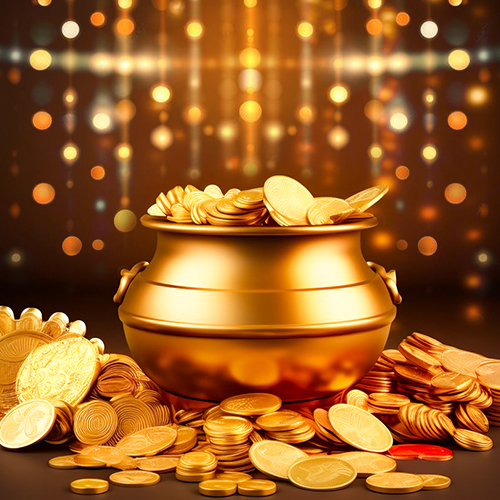
-in-Astrology.jpg)
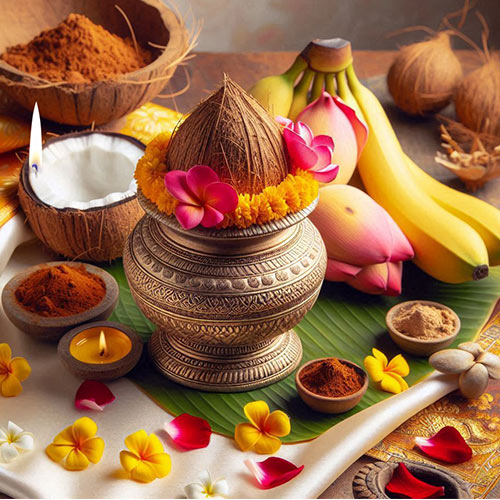
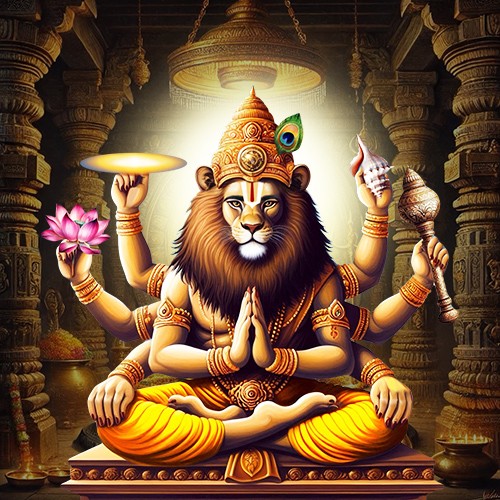
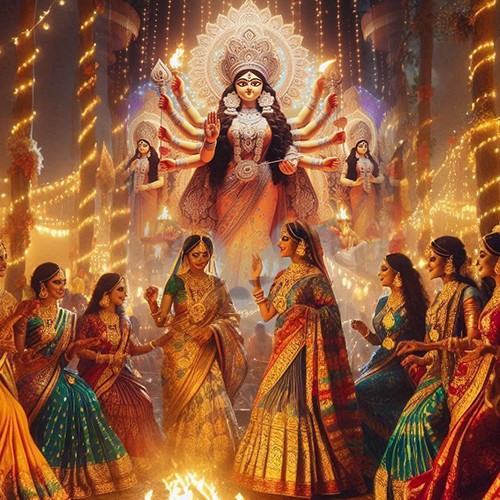
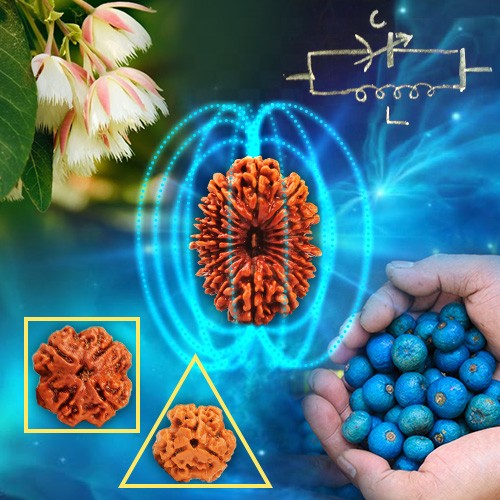

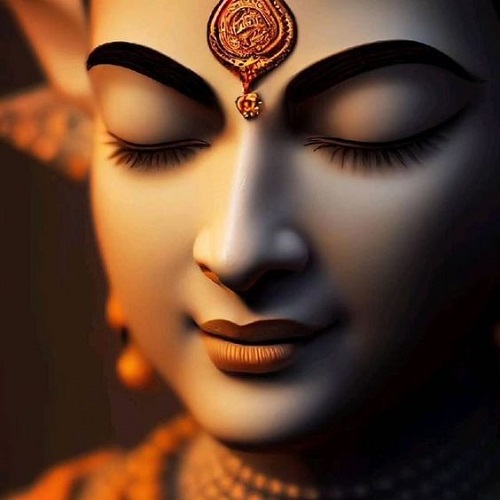
.jpg)
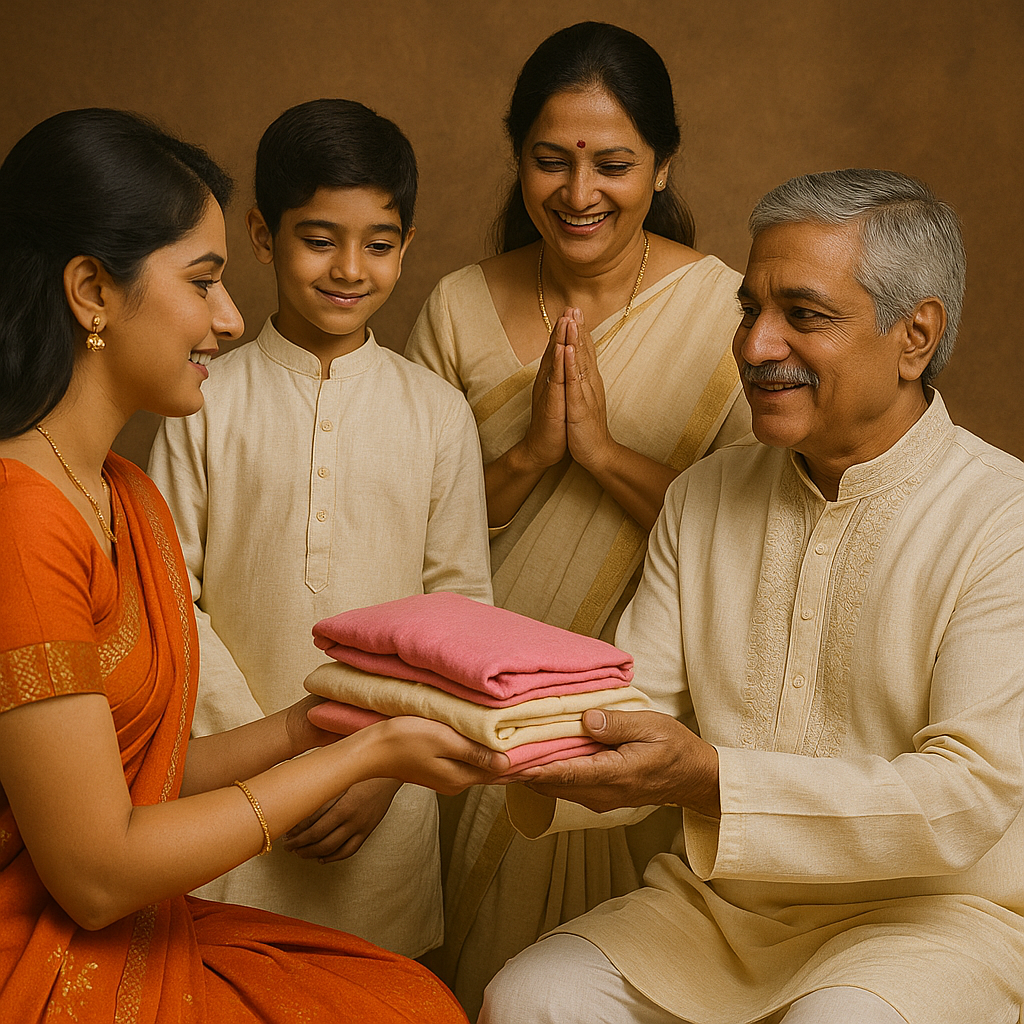
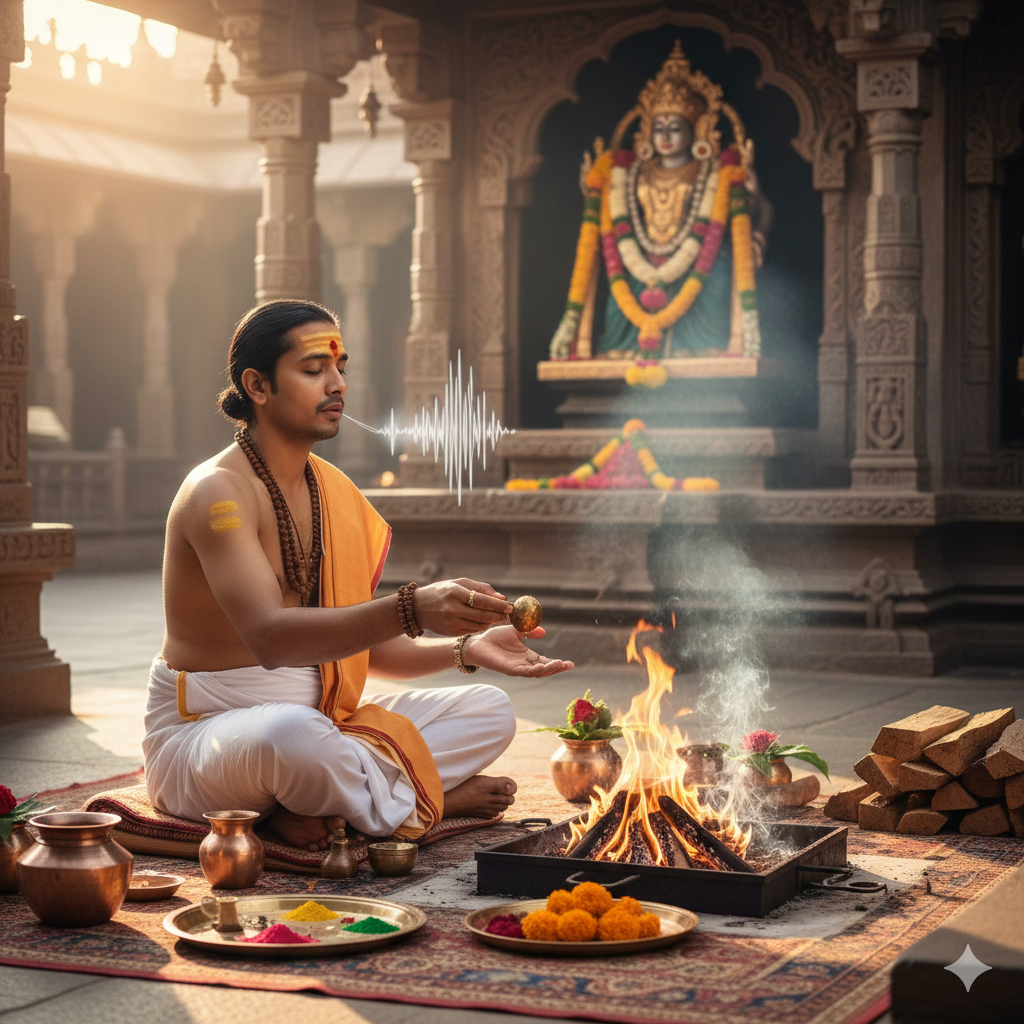
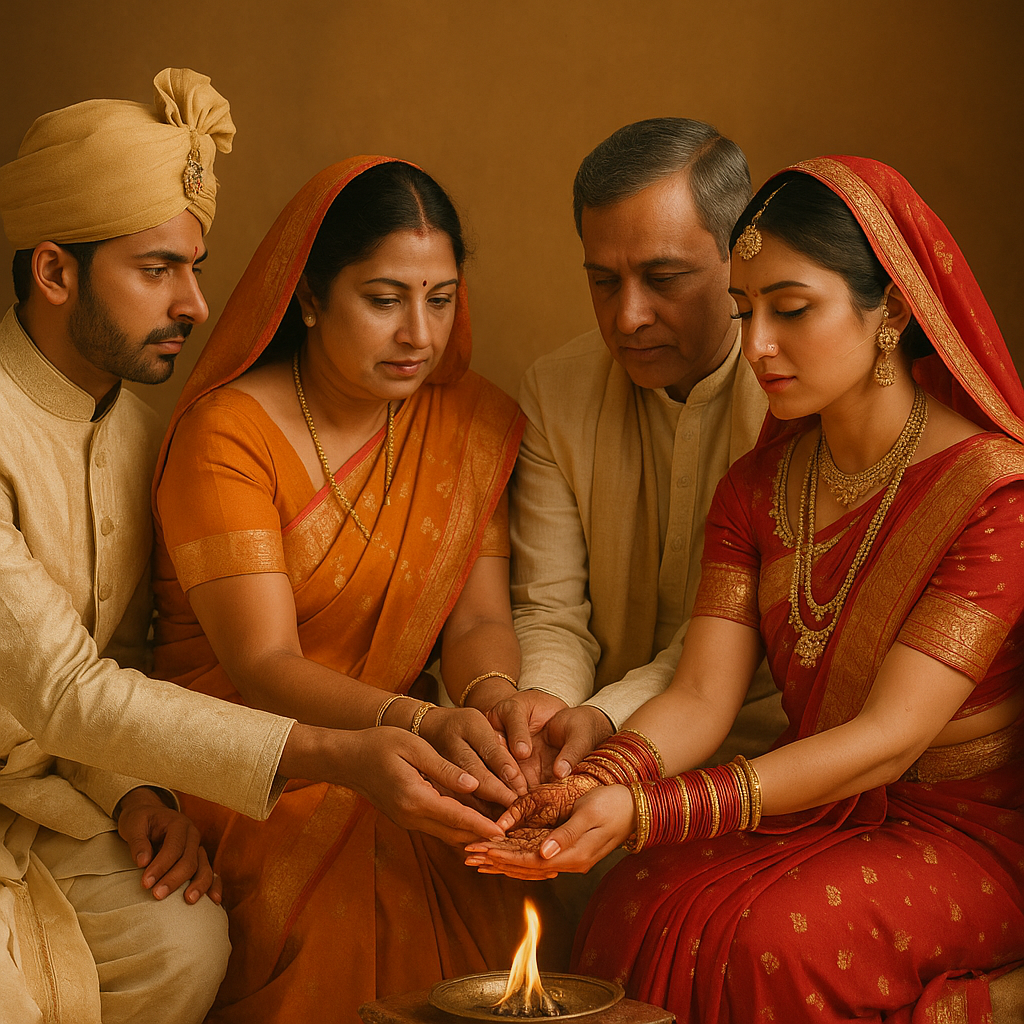
Comments 0
Leave your thought here